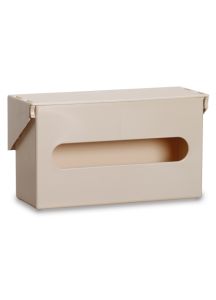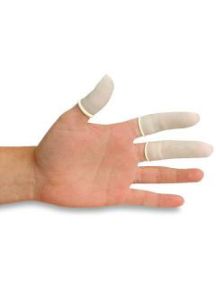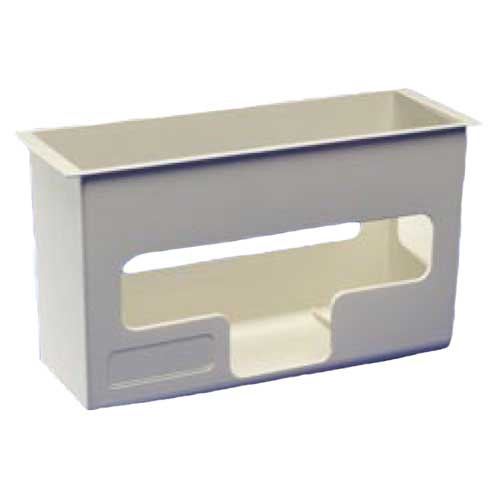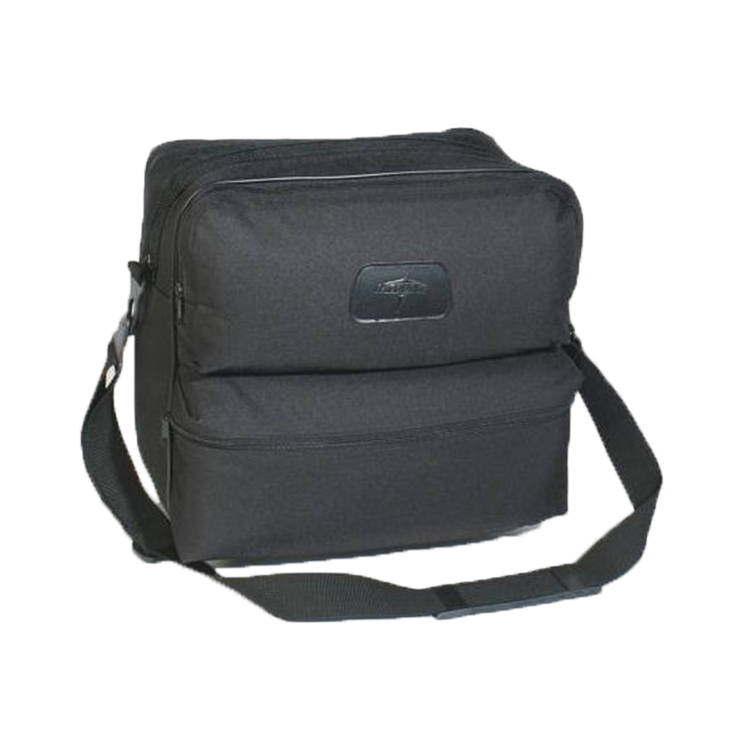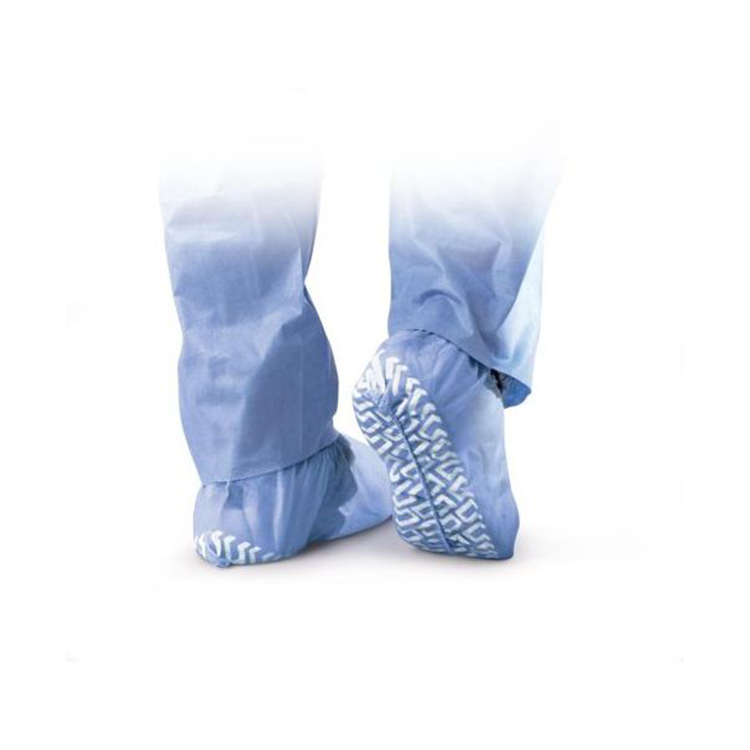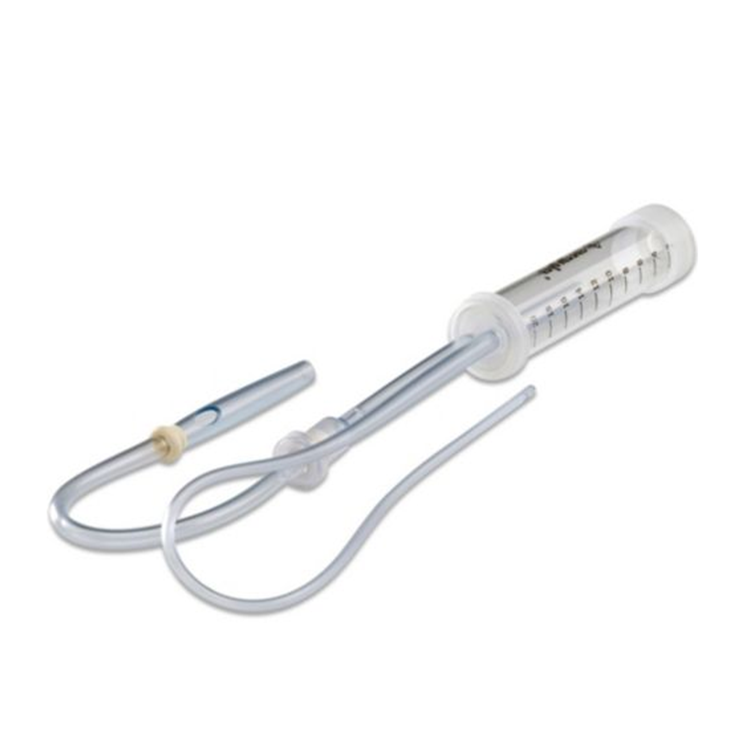Differences Between Latex, Nitrile, and Vinyl Exam Gloves
Exam gloves are available in various materials, including latex, nitrile, and vinyl. This topic can discuss the differences between these materials in terms of their durability, flexibility, chemical resistance, and potential allergenicity. It can also highlight the best use cases for each type of exam glove, such as medical procedures, food handling, or cleaning tasks.
Choosing the Right Size and Fit for Exam Gloves
Exam gloves should fit well to provide optimal protection and comfort. This topic can cover how to measure for the correct size, what to look for in terms of fit and comfort, and how to address issues such as slipping, tightness, or bunching. It can also discuss the importance of using the right size and fit to prevent contamination, injury, or fatigue.
Best Practices for Wearing and Removing Exam Gloves
Wearing and removing exam gloves correctly is crucial for preventing the spread of infection or contamination. This topic can provide step-by-step guidance on how to put on and take off exam gloves, as well as how to dispose of them safely. It can also highlight common mistakes to avoid, such as touching the skin or other surfaces while wearing gloves or reusing disposable gloves.
Exam Gloves and COVID-19
The COVID-19 pandemic has increased the demand for exam gloves, as they are essential for protecting healthcare workers and other frontline workers from the virus. This topic can discuss how exam gloves can help prevent the spread of COVID-19, how to use them safely and effectively, and what to look for in terms of quality and certification. It can also address any concerns or misconceptions related to the use of exam gloves during the pandemic.
FAQs
What are the differences between latex, nitrile, and vinyl exam gloves?
Latex exam gloves are made from natural rubber latex and offer good comfort, flexibility, and tactile sensitivity. Nitrile exam gloves are made from synthetic rubber and provide superior durability, chemical resistance, and protection against punctures and tears. Vinyl exam gloves are made from polyvinyl chloride (PVC) and offer a cost-effective option for low-risk applications.
How do I choose the right size and fit for exam gloves?
To determine the correct size, measure the circumference of your dominant hand around the palm and choose the corresponding size. To ensure a good fit, check that the gloves cover the wrist and fit snugly without being too tight or too loose. You should also avoid wearing jewelry or long nails that can damage the gloves.
How do I wear and remove exam gloves safely?
To put on exam gloves, first, ensure that your hands are clean and dry, then grab the gloves and pull them over your hands one at a time, adjusting them as needed. To remove the gloves, grasp the cuff of one glove with the other hand and peel it off, then hold the removed glove in the gloved hand and peel off the other glove. Dispose of the gloves in a proper container and wash your hands thoroughly.
Can exam gloves prevent the spread of COVID-19?
While exam gloves can help prevent the spread of COVID-19 by reducing the risk of contamination and infection, they are not a substitute for other preventive measures such as hand hygiene, physical distancing, and wearing masks. It's essential to use exam gloves correctly and dispose of them safely to avoid any potential transmission of the virus. Always follow the guidelines and recommendations from public health authorities and healthcare professionals regarding the use of personal protective equipment (PPE) during the pandemic.











